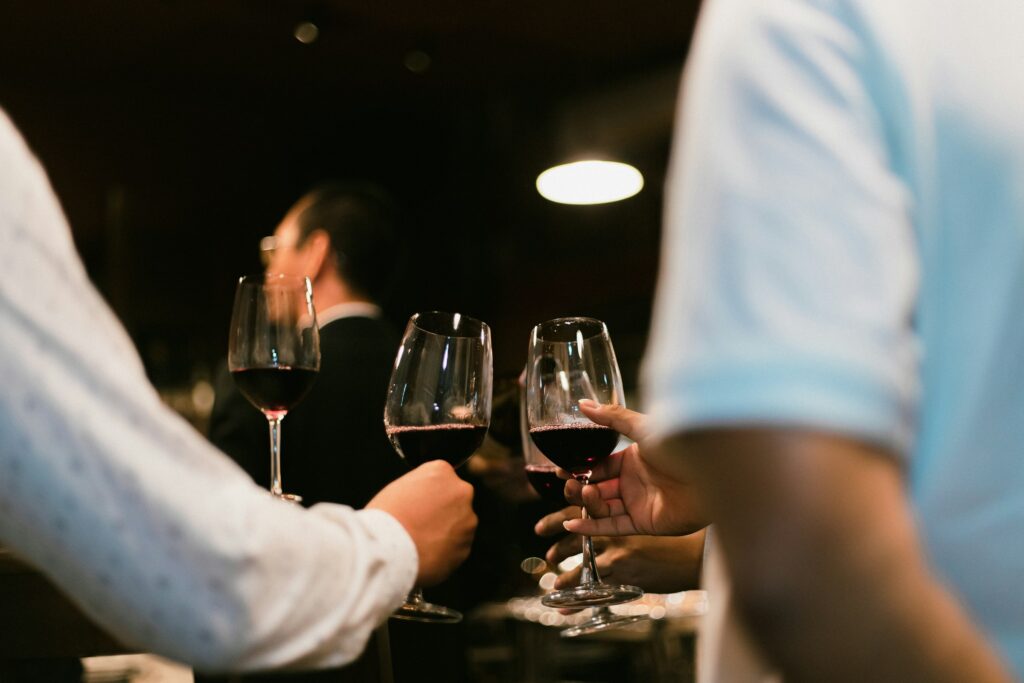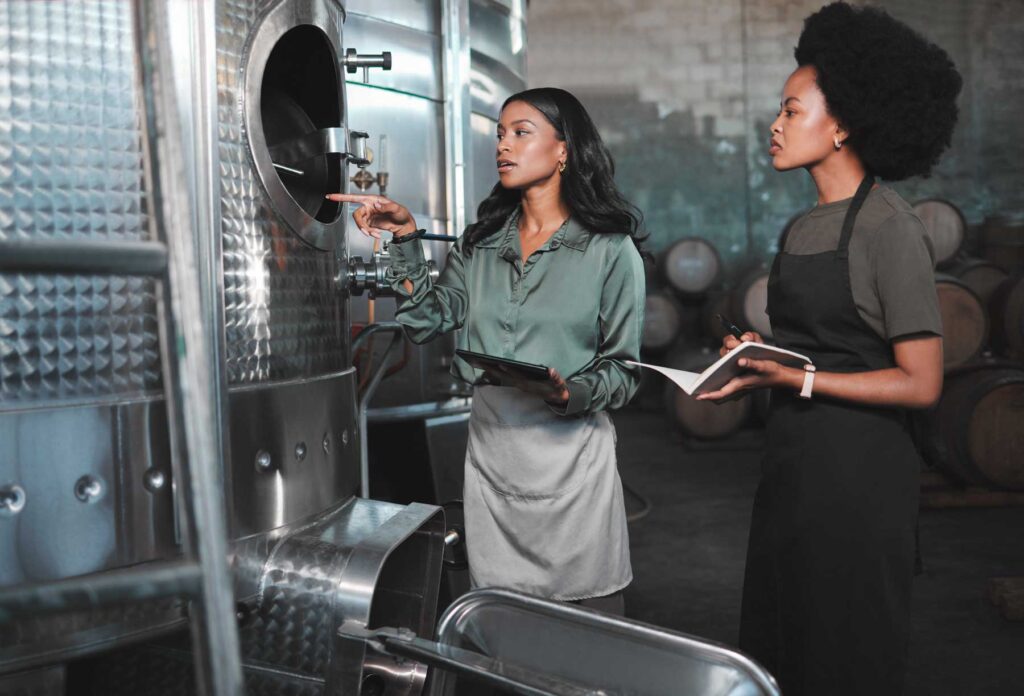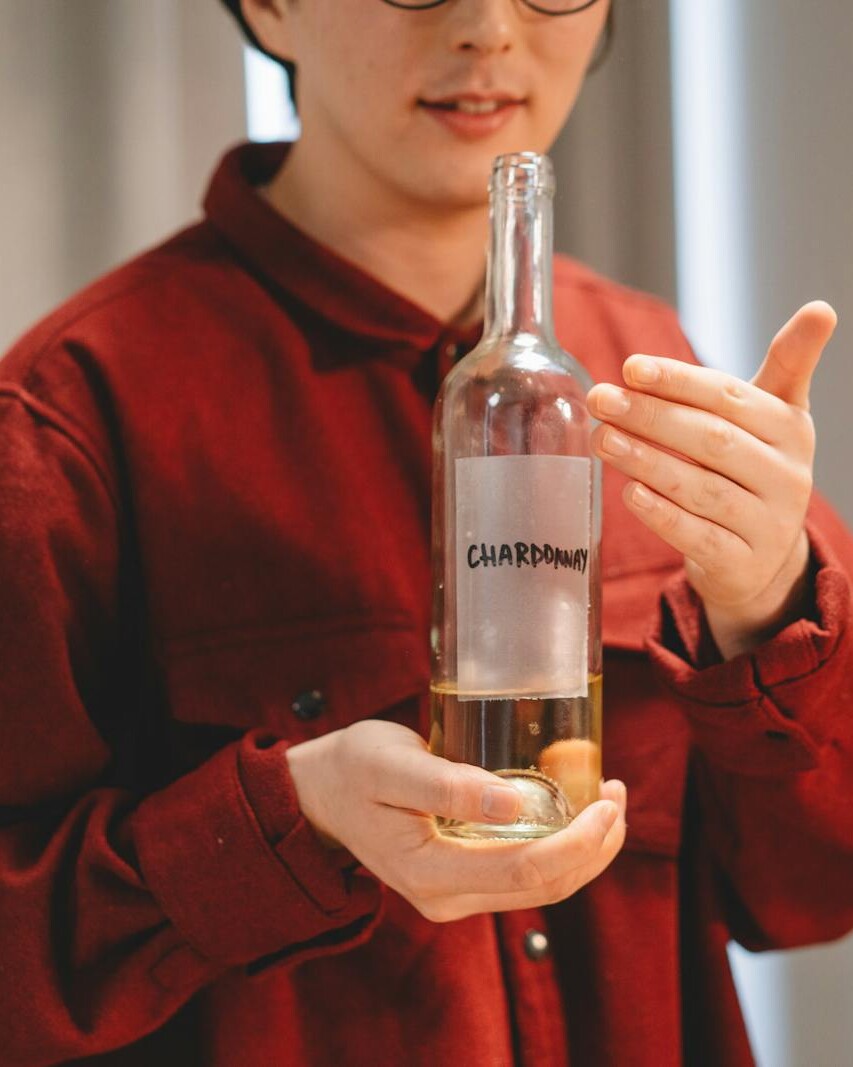Have you ever sipped a wine that felt like a harmonious symphony on your palate, each note perfectly complementing the other? Chances are, you were enjoying the result of masterful wine blending. While single-varietal wines have their own charm, there’s a special magic that happens when winemakers blend different grape varieties to create something truly exceptional.
A Bit of History of Wine Blending
Wine blending isn’t a modern invention; it’s been the heartbeat of winemaking in regions like Bordeaux and the Rhône Valley for centuries. In these places, the art of combining grapes was born out of necessity and innovation. Different grape varieties ripen at various times and offer unique flavors, so blending them helped winemakers achieve balance and consistency despite the whims of Mother Nature.
Why Winemakers Blend Wines
So, why do winemakers go through the trouble of blending wines? Think of it like composing music. One instrument alone can be beautiful, but an orchestra creates a rich, layered experience. Similarly, wine blending allows winemakers to:
- Enhance Complexity: Each grape variety contributes its own flavors, aromas, and textures. By blending them, the wine becomes more nuanced and intriguing.
- Achieve Balance: Some grapes offer high acidity, others bring tannins or fruitiness. Blending balances these elements, creating a harmonious wine.
- Ensure Consistency: Vintages can vary due to weather and other factors. Wine blending helps maintain a consistent style year after year.
The Wine Blending Process
Behind every great blend is a meticulous process that’s both an art and a science. Winemakers start by fermenting each grape variety separately. This way, they can understand the individual characteristics of each wine—its aromas, flavors, acidity, and tannin structure.
Next comes the experimentation phase, which is a bit like being in a laboratory mixed with a kitchen. Winemakers taste different combinations in small amounts, adjusting the percentages to see how the wines interact. It’s a careful dance of trial and error, guided by experience and a keen sense of taste.
For example, they might find that adding a bit more Merlot softens the tannins of Cabernet Sauvignon, or that a dash of Petit Verdot adds a delightful spice note. It’s all about finding that perfect balance where the whole is greater than the sum of its parts.
Famous Wine Blends Around the World
Bordeaux Blends
Perhaps the most famous blends come from Bordeaux, France. Here, winemakers combine grapes like Cabernet Sauvignon, Merlot, Cabernet Franc, Petit Verdot, and Malbec. Cabernet Sauvignon brings structure and tannins, Merlot adds lush fruitiness, and Cabernet Franc offers aromatic elegance. You can read more about Bordeaux wines in our Exploring Bordeaux Wines post.
Learn more about Bordeaux blends
Rhône Valley Blends
In the Rhône, blends often feature Grenache, Syrah, and Mourvèdre (the GSM blend). Grenache provides warmth and red fruit flavors, Syrah adds dark fruit and spice, and Mourvèdre contributes earthy complexity.
Champagne Blends
Even sparkling wines get in on the blending action. Champagne is typically a blend of Chardonnay, Pinot Noir, and Pinot Meunier. Each grape adds its own character, resulting in the beloved bubbly we all know.
The Artistry Behind Wine Blending
What makes wine blending truly special is the winemaker’s artistry. It’s not just about mixing wines; it’s about envisioning how they’ll evolve together over time. Winemakers consider how the acids, tannins, and flavors will meld, not just now but after aging in barrels and bottles.
They rely on their senses—taste, smell, sight—and their intuition. It’s a creative process that requires both technical knowledge and a bit of imagination. And just like any artist, winemakers have their own style and preferences, which shine through in their blends.
Single Varietal vs. Blended Wines
You might be wondering, should you prefer blended wines over single-varietal ones? The answer is, it depends on what you’re in the mood for. Single-varietal wines offer a pure expression of one grape, allowing you to fully appreciate its unique qualities. Blended wines, on the other hand, provide a complex tapestry of flavors and textures, offering a different kind of enjoyment.
Try Wine Blending Yourself
If you’re intrigued by the idea of wine blending, why not explore it firsthand? Host a wine blending party with friends. Pick up a few single-varietal wines—say, a Cabernet Sauvignon, Merlot, and Cabernet Franc—and experiment with different proportions. You’ll gain a deeper appreciation for the skill involved and maybe even create your own perfect blend.
Check out our guide on Wine Tasting at Home: Tips for Hosting to get started.

Wine blending is a fascinating mix of science, art, and a touch of alchemy. It’s about harmony, balance, and creating something that tells a story greater than its individual parts. So the next time you pour a glass of a blended wine, take a moment to savor not just the flavours but the craftsmanship and creativity that went into making it. Cheers to the art of wine blending!





